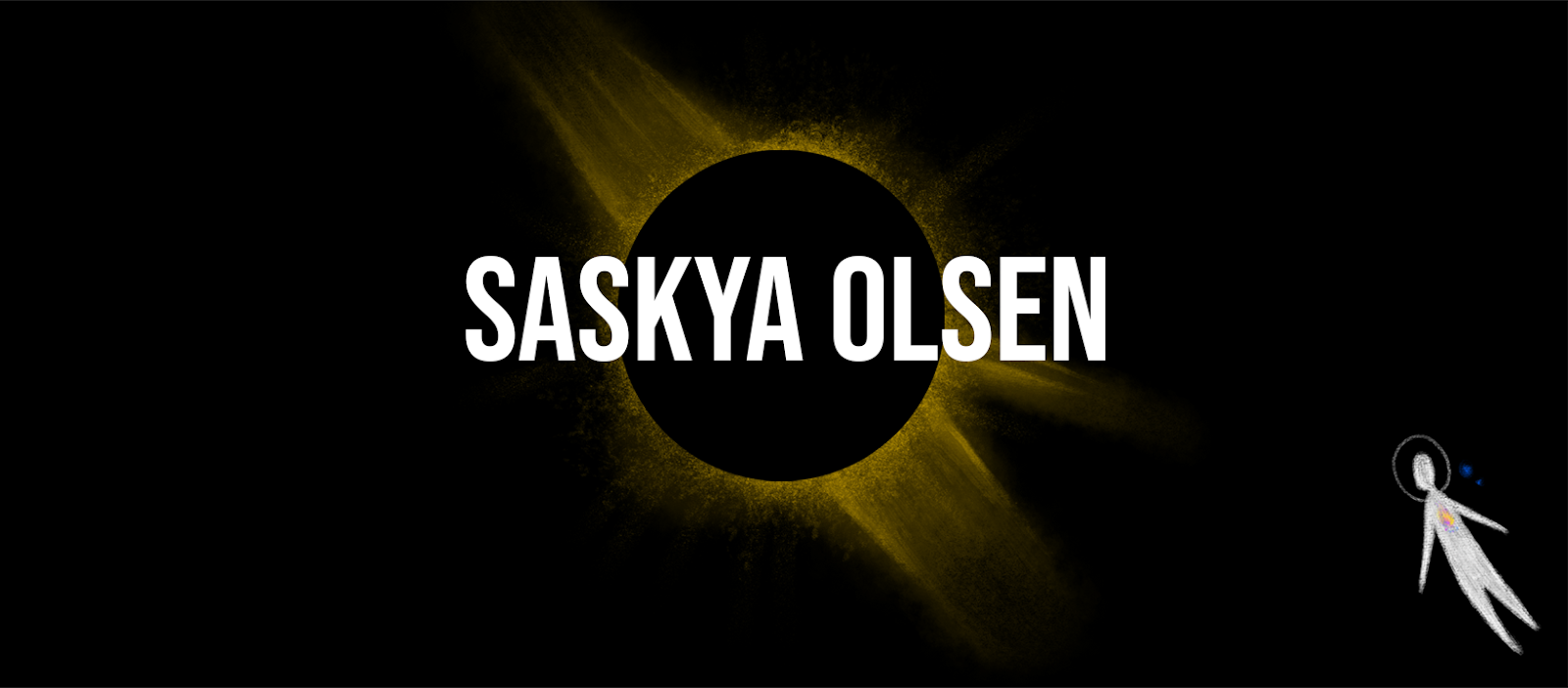 |
| Itsukushima Shrine, Hiroshima, Japan |
A religion originating from japan, Shintoism is based on the beliefs and worship of Kami (spirits). Shintoism, also known as Kami-No-Michi and the way of spirits believes that supernatural entities inhabit all things. Absent of conventional gods, Shintoism is concerned with instructing one on how to live in the world and discovering ways of communicating with Kami. The absence of a single overarching god makes Shintoism polytheistic; the belief in many gods/spirits. Shintoism focuses on the ritual of offering to the Kami as well as communicating with it, it's therefore seen as more a lifestyle than a religion. This has allowed Shinto to coexist with Buddhism for centuries. Kami are believed to exist and influence the world around us, responding to human prayers. Additionally, all Kami have an opposite to create balance; the moon and sun, fire and water, earth and the netherworld.
 |
| A row of Torii, Fushimi Inari Shrine, Japan |
Shinto shrines can be found in the homes of practitioners. A shrine is devoted to a single Kami, therefore, a home can have multiple shrines devoted to different Kami. Public shrines can be identified by their red gate entrances, named Torii. Two Torii entrances are particularly famous; the Sannō Shrine Torii survived an atomic bomb dropped in 1945, Nagasaki. Another Torii outside Kozuchi Shrine survived Japan's 2011 tsunami. The new year is a significant time for visits to Shinto shrines, festivals are known as Matsuri.
 |
| Torii entrance of Sannō Shrine after an atomic bomb hit Nagasaki in 1945 |
 |
| Torii outside Kozuchi Shrine that survived Japan's 2011 Tsunami |
 |
| festival in Chichibu, japan |
 |
| A Temizu Basin, used to wash the hands and mouth as purification before a Shinto ritual. |
 |
| A small Shinto shrine |
 |
| Offerings to Kami |
 |
| An example of a home Shinto shrine |
Izanami ("she who invites") and Izanagi ("he who invites") are the primordial gods of the Shinto religion, believed to be the creators of Japan's islands and the parents to all other Kami:
"Standing on the bridge or stairway of heaven , the two gods Izanami and Izanagi used a jewel encrusted spear to stir the ocean. Withdrawing the spear, salt crystallised into drops on the tip and these fell back into the ocean as islands." - ancient.eu
The couple are famously referenced in the Shrine of Wedded Rocks in Meotoiwa, Futami. In the sea, to large rocks are attached by sacred rope called Shimenawa which symbolises the matrimonial bond between Isanami and Izanagi. Atop the largest rock is a white torii, marking the site as a sacred Shinto shrine.
 |
| Izanami and Izanagi |
 |
| The Shrine Of Wedded Rocks attached with Shimenawa rope, Japan |
Shinto and Miyazaki:
Animation director Hayao Miyazaki has infused Shinto into many of his films. His animations respect the indigenous faith and mythology of Japan, often personifying Kami into living characters such as Totoro, No Face and The forest spirits. Carefully crafted environments display Miyazaki's respect for nature, and protagonists are often overwhelmed by their world's natural beauty, seen in Spirited away and Princess Mononoke. Roots within Shinto can be identified by the interactions between human and Kami characters. Positive interaction is displayed from protagonists, who are ultimately rewarded with success and narrative fulfilment e.g. Chihiro rescues and re-homes No-Face whilst also rescuing the spirits of the bathhouse from the evil Yubaba. She is rewarded by being allowed to leave the village with her family, a happily ever after story. Characters who mishandle Kami in Miyazaki's films fall on misfortune e.g. in Princess Mononoke, Jigo hunts the Forest Spirit for its head, planning to present the carcass to his Emperor for a handsome reward. Jigo is ultimately caught and must surrender the Forest Spirit's head after the near destruction of his home, Irontown. Jigo is portrayed as an ugly, fat and sly old man, ultimately becoming the fool of the story by disrespecting the film's Kami.
 |
| Spirited Away - Chihiro aids the Bath House spirits, she's permitted to go home with her parents. |
 |
| Princess Mononoke - The Forest Spirit |
 |
| Princess Mononoke - Ashitaka is lead through the forest by spirits. |
 |
| Princess Mononoke - The forest is distraught when Jigo steals the Forest Spirit's head. |
 |
| Spirited Away - No Face stands on a bridge resembling "the stairway to heaven", in which the primordial Kami, Izanami and Izanagi, created the Japanese islands. |
 |
| My Neighbor Totoro - Paying respects to a tree wrapped in Shimenawa rope |
 |
| Wisper of The Heart - a Shinto Shrine |
 |
| Spirited Away - a Daruma statue |
 |
| Spirited Away - an old Torii gate, an omen to the spiritually charged plot. |
 |
| My Neighbor Totoro - A Torii gate can be seen behind the Totoro Kami. |
Mood Boards:
Below, mood boards consisting of elements from Shintoism. These could benefit my premise project by infusing accurate religious beliefs with fictional ideas, affirming the idea of Magic Realism within my animation:
























Comments